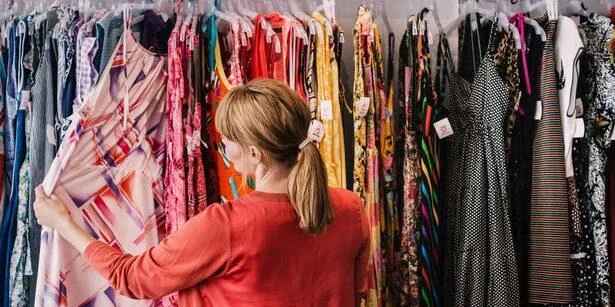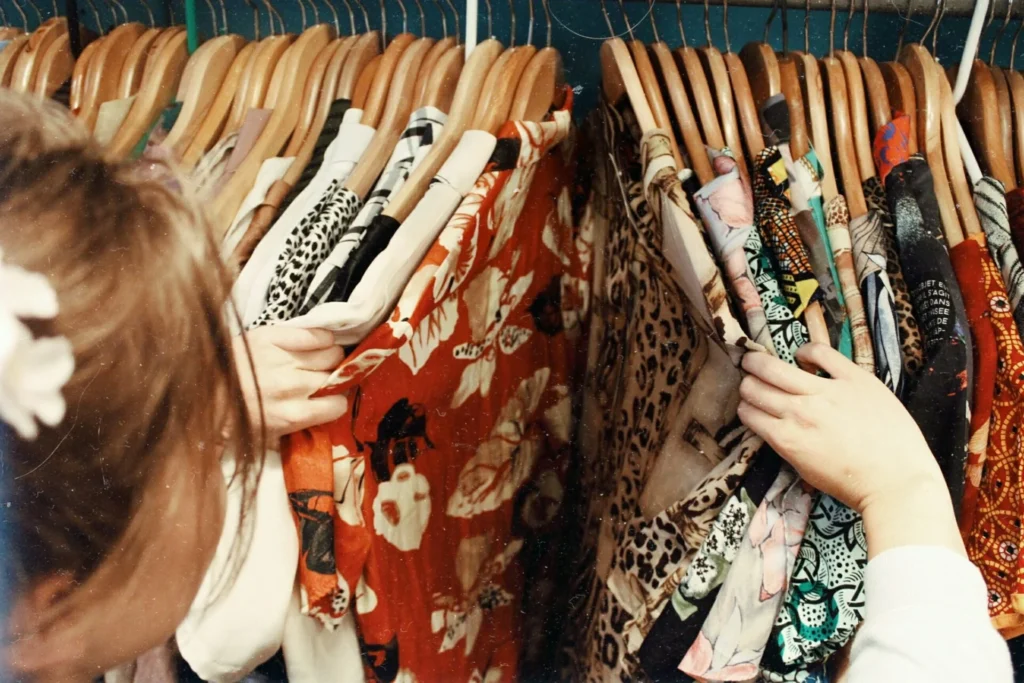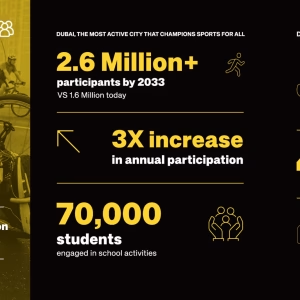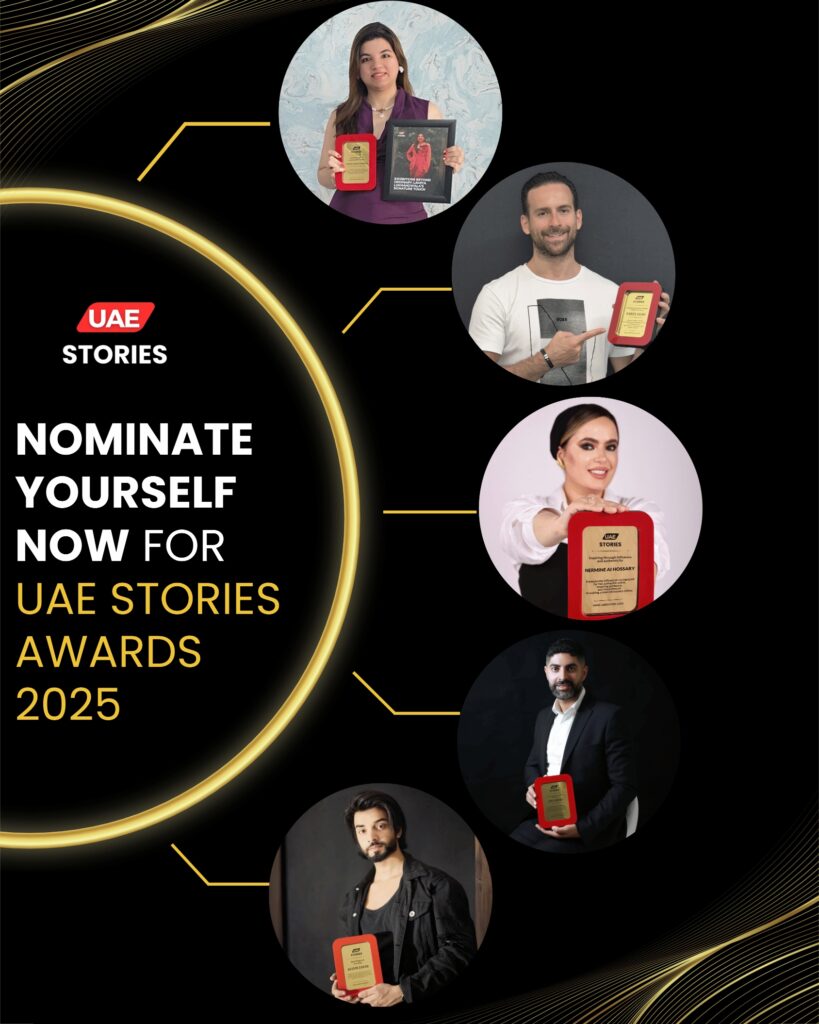In the heart of the UAE—where shimmering malls, luxury fashion, and global brands dominate the lifestyle narrative—a quiet yet powerful shift is underway. A new generation of youth is embracing secondhand style, reshaping the local fashion scene through a movement rooted in sustainability, creativity, and self-expression. This is the rise of thrift culture, and it’s no longer just a niche trend. It’s a growing community redefining what it means to dress well in the modern UAE.
From Dubai’s bustling weekend markets to Sharjah’s curated Instagram boutiques, young people across the Emirates are leading a stylish revolution that favors slow Fashion over fast, and meaning over mass production.
The Appeal of the Pre-Loved
Traditionally, secondhand shopping carried a social stigma in many cultures, including parts of the Middle East. Clothes were expected to be new, expensive, and from recognizable brands to be seen as valuable. But with rising environmental awareness and a global movement toward sustainable consumption, attitudes are changing fast—and dramatically.

Young residents of the UAE, particularly Gen Z and millennials, are at the forefront of this transformation. They are choosing to buy pre-loved items, not out of necessity, but out of principle. The appeal lies not just in affordability but in the stories these garments tell, the environmental footprint they help reduce, and the style statements they allow wearers to make.
Thrift stores—whether pop-up stalls in urban markets or virtual shops run on social media—have become treasure troves of vintage, high-street, and even designer finds. Items are unique, often one-of-a-kind, and offer a refreshing alternative to the cookie-cutter fashion of large chains.

Driven by Purpose, Powered by Passion
Behind the growing thrift scene are young entrepreneurs who are blending fashion sense with social consciousness. Many of them started their ventures during the pandemic, when time at home encouraged closet cleanouts and reevaluation of buying habits.
Take Aisha, a 25-year-old Dubai resident, who launched her Instagram thrift store after realizing just how many clothes she owned that had only been worn once. “I wanted to give these pieces a second life,” she says. “It felt wrong to throw them out, and I knew other people could love them as much as I once did.”
Her page now has thousands of followers, many of whom are regular customers. For Aisha and many like her, thrift isn’t just a business—it’s a movement. It’s about changing how people view consumption and encouraging a more mindful approach to what they wear.
Creating Community Through Clothes

Beyond environmental impact and affordability, the UAE’s thrift culture has fostered a strong sense of community. Thrift events have become social gatherings—places to meet like-minded individuals who care about style, sustainability, and slowing down the pace of fashion.
Markets held in public parks, warehouse-style venues, and even cafés are giving thrifters a platform to connect. Shoppers chat with sellers about the story behind a vintage jacket or an upcycled pair of jeans. Musicians perform live. Local food vendors provide refreshments. These markets are more than retail spaces—they’re cultural moments.
This sense of belonging is especially important for young expats and third-culture kids living in the UAE, who use fashion as a way to express their hybrid identities. Through thrift, they find pieces that resonate with their personalities, not just the trends.
Social Media as a Catalyst
One of the biggest drivers behind the thrift movement’s rise in the UAE is social media. Instagram and TikTok have become central platforms for discovering thrift shops, watching “secondhand hauls,” and participating in digital clothing swaps.
The visual nature of these platforms makes them ideal for showcasing unique pieces. Thrift shop owners post daily updates featuring styled outfits and behind-the-scenes stories of how items were sourced or restored. Followers often tag the shops in their own outfit posts, creating a cycle of discovery and engagement.
Additionally, content creators and influencers are using their platforms to educate audiences about sustainable fashion. They’re discussing topics like fast fashion’s environmental toll, the ethics of garment production, and the importance of consuming less.
As this content reaches a wider audience, especially younger users, the idea of buying secondhand becomes more normalized—and even aspirational.
A Reimagined Definition of Luxury
Perhaps the most interesting shift thrift culture is causing in the UAE is a redefinition of what it means to be stylish or luxurious. For years, luxury was associated with brand names, price tags, and exclusivity. Now, it’s being reinterpreted through the lens of sustainability and individuality.
Wearing thrifted fashion is not about sacrificing style; it’s about enhancing it. Each piece has a backstory, and wearing it becomes a way to make a statement—not only about fashion but about values. For many, true luxury lies in owning something rare, having a story behind what they wear, and knowing that their choices support a healthier planet.
In a region known for opulence, this pivot to conscious fashion is a quiet rebellion. It’s young people saying that their style doesn’t need to conform, that it can be both beautiful and responsible.
Challenges and the Way Forward
Despite its growth, thrift culture in the UAE still faces some hurdles. Stigma still lingers in certain communities, where newness is deeply tied to status. Logistics can also be challenging, particularly for online thrifters who need to manage inventory, sizing, and shipping without traditional retail infrastructure.
Additionally, there’s the challenge of scale. Unlike fast fashion, which thrives on mass production, thrift relies on a limited supply of quality secondhand items. This means that growth often requires creativity—like upcycling damaged clothes or partnering with donation drives to refresh stock.
Still, the momentum is undeniable. Schools and universities are now hosting thrift pop-ups and clothing swap events. More malls are including sustainable fashion brands and pre-loved sections in their retail offerings. Some local designers are even starting to experiment with repurposed fabrics in their collections.
The UAE government’s larger sustainability goals, including the Year of Sustainability, have also contributed to a cultural environment where initiatives like thrift culture can thrive. As environmental consciousness becomes a national conversation, young people are finding themselves not just part of a movement, but leaders of it.
The Future Is Circular
What started as a quiet trend among a few Instagram-savvy youth has now evolved into a cultural force. Thrift culture in the UAE isn’t just about buying clothes—it’s about rethinking fashion from the ground up. It’s about resisting the wasteful cycle of fast fashion and embracing a more circular, conscious lifestyle.
Young people across the Emirates are not waiting for the fashion industry to change. They are changing it themselves—through every item they resell, every market they organize, and every post they share. In doing so, they’re building a more inclusive, ethical, and expressive fashion scene that reflects the diverse, dynamic spirit of the UAE.
And the best part? They’re doing it with style.
Read More: The Revival of Date Farming: Young Farmers Going Back to Their Roots














